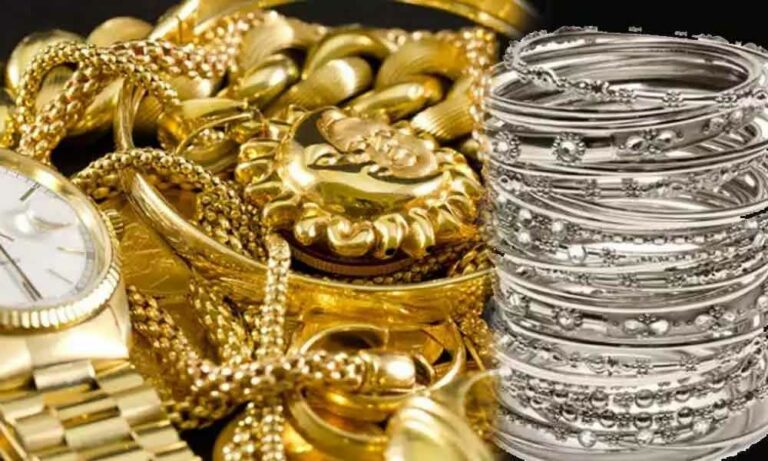Project Report For Gold & Silver Manufacturing Shop
Introduction
Project report for the Gold & Silver Manufacturing Shop is as follows.
In Indian culture, gold and silver are more than valuable metal; it is deeply embedded in their spiritual system. Gold has become an essential element of Indian civilization and has merged nicely with the psyche of an Indian through ages and millennia.
Gold and silver jewelry is an important component of Indian culture. The finest type of gold attainable on the surface of the Earth is 24 carat. Despite the fact that gold and silver prices have been climbing for several years, India’s demand for gold has been on the rise. Hindus regard gold and silver to be holy metals. Silver has long been the metal of choice for young people when it comes to jewelry.
Project Report Sample Of Gold
& Silver Manufacturing Shop
Get Completely Custom Bankable Project Report
Because of the high cost of other metals, it has recently become more popular among the middle-aged and elderly. Silver jewelry is still a popular present. It’s trendy, inexpensive, and becoming increasingly personalized. Diwali, Valentine’s Day, and weddings are the most common occasions for purchasing jewellery.
India is one of the world’s major gold and silver markets, and rising prosperity is fueling demand. Gold and silver are regarded as a store of value, a sign of wealth and rank, and a crucial aspect of many rites in the country’s culture.

India’s jewellery industry is one of the country’s oldest. It has long been a traditional craft in India, with distinct styles and techniques specialised in different parts of the nation. Solid gold and silver ornaments, gem-encrusted jewellery, delicate ornaments with filigree work, enamelled jewellery, and costume jewellery have all been mastered by Indian artists and craftsmen.
One trade that is still classified as a cottage industry is jewellery. However, as international buyers become more aware of Indian craftsmanship, the export of cut and polished stones has increased. In 1966, the Gem and Jewellery Export Promotion Council was formed. This was a positive step because the gem and jewellery business has long been regarded as an export-oriented sector.
Market Potential Of Gold & Silver Manufacturing Shop
The market for gold and silver jewellery is anticipated to expand at a CAGR of 5.5% between 2022 and 2030. The increased demand for gold and silver jewellery from emerging economies, consumers’ rising disposable incomes, and the expanding appeal of branded jewellery are all factors contributing to the market expansion.
Expenses

Product Cost Breakup

Reveneue Vs Expenses

Market Trend

Gold & Silver is also commonly regarded as wealth storage in India. The second main demand driver is this. Gold and silver jewellery goods serve as a concrete means of preserving riches while also having a cultural purpose of decorating and wealth display. Because of its dual function, Indian buyers will always choose gold over other jewellery materials.
Because it is still in its infancy, demand for such items will develop faster than demand for gold jewellery products at stable gold and silver prices. Due to steady gold prices and better economic conditions, global gold jewellery consumption climbed by 4% to 2,135.5 tonnes (t) in 2017, the first year of growth since 2013.
Silver and silver jewellery’s appeal is partly due to the metal’s low cost. Silver is inexpensive when compared to other precious metals such as platinum and gold. China is one of the world’s largest silver consumers, with a passion for metal that appears to go beyond investment and industry.
The silver jewellery market in China expanded by 211 percent. Exposure across the country’s interior has been credited with this rise. As more retail jewellery shops emerge in major Chinese cities, urbanisation is projected to continue to fuel development.
India’s gems and jewellery sector has over 300,000 participants, the bulk of them are small businesses. As of 2017, its market size was over US$ 60 billion, and it is predicted to grow to US$ 100-110 billion by 2021-2022. It contributes 29 percent to global jewellery consumption.

